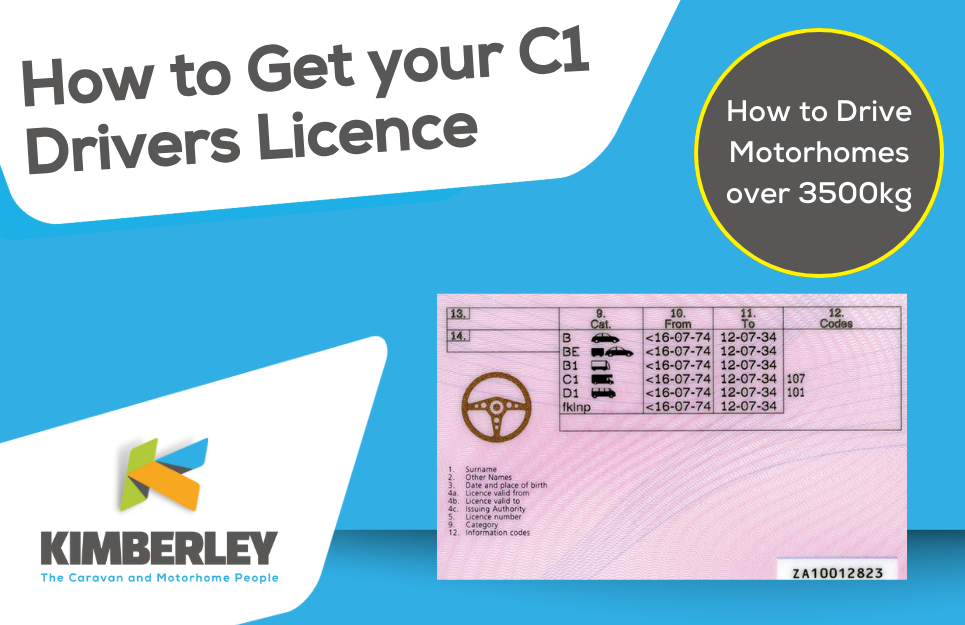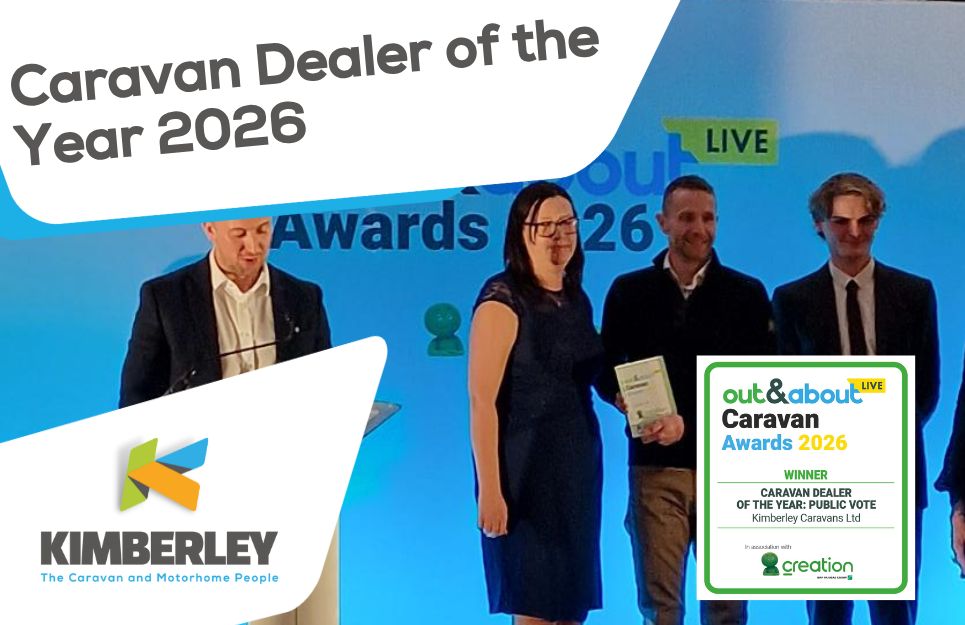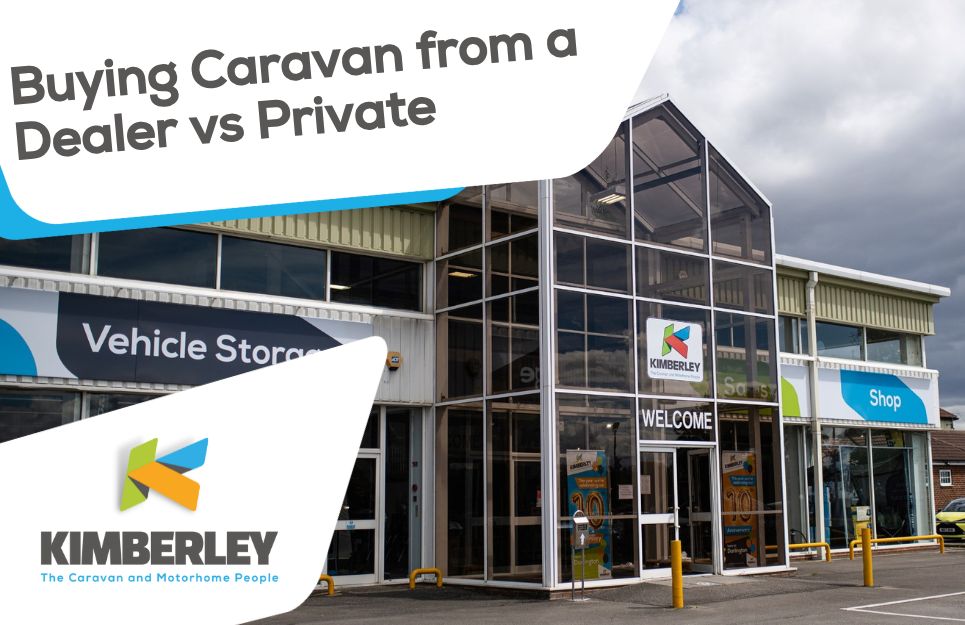
You may be dreaming of driving your new motorhome, but you need ensure you have the correct licences to match, as your standard driving licence may not be up to scratch for the vehicles you desire. In this article, we'll guide you through the process of acquiring your C1 license and turning your motorhome dreams into reality.
If you have your full, Category B car licence, you can drive away any motorhome or campervan weighing up to 3500kg (3.5 tonnes) gross vehicle weight (GVW).
You may be in luck as some drivers who passed their test before 1 January 1997 may also have a C1 categorisation on their licence, which allows you to drive any Motorhome weighing up to 7500kg (7.5 tonnes). This is commonly known as 'grandfather rights,' although eligibility doesn't depend on being a grandparent. You can check by looking at the back of your driving licence and if it looks like the below, there’s no need to take any more tests.
C1 license is a legal requirement for driving vehicles weighing between 3,500kg and 7,500kg. There are many motorhomes that are under 3501kg which your standard driving license will allow you drive, but some of the more sought after motorhomes are above 3500kg.
Before applying for your C1 license, there are certain prerequisites you must meet:
If you meet all these requirements here are the next steps:
The Medical Assessment will need to be done by a doctor to comply with the medical standard to drive a motorhome. You will need to obtain a D4 DVLA form, which you can access from your local post office or online here
The assessment will include:
General health check: Assessing overall well-being, existing medical conditions, and any recent health changes that may impact your ability to drive safely.
Eyesight test: The eyesight test often includes checking visual acuity and peripheral vision. Drivers must meet the minimum eyesight standards to gain their license.
Blood pressure checks: Identify potential cardiovascular issues that could affect a driver's ability to control a vehicle.
Hearing tests: the assessment may include a hearing test to ensure that drivers can hear warning signals and other important auditory cues on the road.
Neurological examination: to evaluate factors such as reflexes, coordination, and general neurological function.
Medication Review: If you are taking medication, the medical professional may review your medications to assess their impact on your ability to drive safely.
Fitness to Drive Declaration: You may be required to provide information about any medical conditions or disabilities that could affect your ability to drive
Its time to get your provisional license after your medical tests are done and you are good to go.
To apply for a provisional, you will need to fill out a D2 form, which you can do get from the post office or from the DVLA website here.
Once filled out you will need to send over to the DVLA your D2 & D4 Forms as well as your driving licence where they will add on the provisional entitlement. See more from the DVLA website here
You should get your driving licence within 3 weeks of DVLA getting your application. It can take longer if your health or personal details need to be checked. Once received, you are eligible to start training to drive 7,500lg lorries or other vehicles in the HGV class. You will need the help of a driving expert that has held a full CE, C, C1E, or C1 licence for up to three years. Their driving licence must have been issued after 1 January 1997.
You need to book your theory tests through the Gov website here. There are 2 parts to the theory tests you need to complete to drive a motorhome and obtain your full C1 licence: this includes a hazard perception test and a multiple-choice test as the first part then you will need to complete questions based on multiple case studies as the second part.
You will be asked to answer 100 questions about vehicle safety and driving larger vehicles, to pass, you will need to answer 85 out of 100 questions correctly.
You will be asked to watch 19, one minute clips which include one hazard that you will need to identify once the clip has finished (one video will include 2 to catch you out), to pass, you will need to score 67 or above
Some example theory tests can be found here
You will be presented with 7 different case studies and 50 questions to do with all of them. You will have 15 minutes to prepare your answers. To pass, you will need a score of 40 out of 50.
You must have lived in England, Wales or Scotland for at least 185 days in the last 12 months before the day you take your theory or driving test.
A C1 Vehicle Licence means you can drive vehicles between 3,500 and 7,500kg maximum authorised mass (MAM) (with a trailer up to 750kg). Whereas a C Licence allows you to drive vehicles over 3,500kg with a trailer up to 750kg maximum authorised mass (MAM).
 08/12/2025
08/12/2025
There are moments in business that feel almost surreal, and this one sits right at the top. Kimberley – The Caravans and Motorhome People – have been voted Caravan Dealer of the Year 2026 at the Out & About Awards. Public vote. No panels tucked away in quiet rooms. No mysterious judging criteria. Just real caravanners, motorhomers, weekend wanderers, and lifelong road-trippers choosing the dealer they trust most.
Honestly, that makes it hit a little deeper.
 30/10/2025
30/10/2025
You've been scrolling through AutoTrader and Facebook for weeks now. That Coachman Laser at £2,000 less than dealer price looks tempting, doesn't it? The private seller seems genuine enough in their messages. They've got photos, a service history (well, most of it), and they're just over in Chesterfield. What could possibly go wrong?
 13/10/2025
13/10/2025
The NEC Caravan, Camping & Motorhome Show is the biggest week in the UK touring calendar. The air buzzes with excitement, the halls shine with new models, and it’s the best place to compare caravans and motorhomes side by side. If you’re wondering how to buy at the NEC Caravan and Motorhome Show or what to look out for before making a decision, this guide is for you.